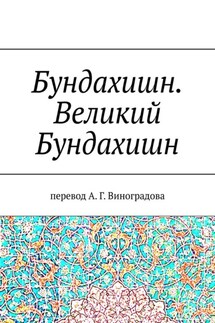Все науки. №12, 2024. Международный научный журнал - страница 4
Fig. 2. The second perspective of the constructed three-dimensional graph at the time of 4.5 billion years after the formation of the Sun
A similar method leads to the formation of graphsrelative to 5.6 billion. years (Fig. 3—4).
Fig. 3. The first perspective of the constructed three-dimensional graph at the time of 5.6 billion. years after the birth of the Sun
Fig. 4. The first perspective of the constructed three-dimensional graph at the time of 5.6 billion. years after the birth of the Sun
The analysis of the presented three-dimensional graphs indicates that the maximum value of solar radiation energy increases over time. The coverage of the high-energy region of the earth is relatively increasing over time. But, if we take the time value used, the effect of changing the energy of solar radiation can be considered insignificant (within 1 billion the change in years was about 7.46%). As a result, a resulting graph is obtained describing the power of energy over time, taking into account radioactive phenomena in the Sun, as well as in any illuminated coordinate on the Earth’s surface.
Conclusion
The conducted research using elements of mathematical modeling using the Laplace, Helmholtz equations and the equations of thermal conductivity indicate that the energy parameters of solar radiation do not change significantly over time. This statement can be taken into account when designing and building solar power plants. When obtaining this result, radiation is considered without taking into account atmospheric phenomena, as well as the earth and the sun are considered as perfectly smooth bodies.
References
1. Häring, K., Hebbar, A., Karateev, D. et al. Bounds on photon scattering. J. High Energ. Phys. 2024, 103 (2024). https://doi.org/10.1007/JHEP10(2024)103
2. Haque, S.S., Jafari, G. & Underwood, B. Universal early-time growth in quantum circuit complexity. J. High Energ. Phys. 2024, 101 (2024). https://doi.org/10.1007/JHEP10(2024)101
3. Saito, S. Wess-Zumino-Witten terms of Sp QCD by bordism theory. J. High Energ. Phys. 2024, 99 (2024). https://doi.org/10.1007/JHEP10(2024)099
4. de Leeuw, M., Fontanella, A. & García, J.M.N. A perturbative approach to the non-relativistic string spectrum. J. High Energ. Phys. 2024, 96 (2024). https://doi.org/10.1007/JHEP10(2024)096
5. Bilolov, I., Otajonov, J., Isroilov, S., Mavlonova, D., Abdurakhmonov, S., Aliev, I. Analysis of the process of heat transfer in space. E3S Web of Conferences. Volume 508, 5 April 2024, Номер статьи 05005
6. Abdurakhmonov, S.M., Sayitov, Sh., Xaliev, S.I. Mathematical modeling of soldering iron heating process in automated terminal soldering installations. E3S Web of Conferences. Volume 401, 11 July 2023, Номер статьи 05064. DOI: 10.1051/e3sconf/202340105064
7. Yusupova, A., Aliyev, I., Kholmatov, E., Abduraxmonov, S. On the theoretical study of the phenomena of electromagnetism with variable core parameters. E3S Web of Conferences. Volume 538, 14 June 2024, Номер статьи 01020. doi: 10.1051/e3sconf/202453801020
8. Qodirov, X., Rajabova, X., Abdullajonova, N., Otaxonova, Z., Aliev, I., Abdurakhmon, S., Sayitov, S. On analytical study of heat transfer phenomenon in special-shape soldering iron. E3S Web of Conferences. Volume 508, 5 April 2024, Номер статьи 05006 DOI: 10.1051/e3sconf/202450805006






